The Farmer Diaries
Texas drought threatens survival of suburban egrets
Signs of the state's worsening drought are evident as I watch the leaves on my mulberry and sycamore trees turning yellow and brown and falling to the ground, as if it were autumn and not the middle of summer. Many of my crops have brown tinged leaves and can barely stay alive, even though they're fed by a drip irrigation system.
But parched plants and brown terrain are hardly as heart-wrenching of a sign of the drought as the one seen by Julie Norris of Duncanville as she approached the intersection of Hampton and Parkerville in DeSoto one afternoon, seeing a road filled with debris.
"At first, I thought that it was just trash, because it was just white everywhere, like someone had dumped a bunch of white plastic bags," Norris says. "I slowed down a little bit and I could see the blood and the feathers, and then I realized it was birds.
The severe drought is exacerbating the number of dying egrets because the parents are likely having difficulty finding enough food or water for their young.
"I came back the next day and got out of my car and noticed that there were baby birds walking all around the trees and in a gully. I looked up and saw all the trees were full of birds. I got back in my car and drove around, and there were just birds walking around everywhere in a nearby housing addition."
What Norris found were the casualties of an egret rookery at the intersection. Several acres of tall trees became the seasonal maternity ward for the large birds, but something was especially wrong with hundreds of baby birds that seemed to be unprotected and dying.
Norris first speculated the birds had been poisoned. "I didn't know what was going on, but I could tell that there were dead, sick and dying birds," she says.
Unable to shake the misery she had seen, Norris returned to the site each day in order to catch as many of the surviving birds as she could, packing them into a couple of pet carriers and taking them to the Rogers Wildlife Rehabilitation Center about 15 miles away in Hutchins, Texas.
"At this time of the year, when the weather gets hot, the egret parents have to go out further and further to find food, so they're gone longer. While they're gone, the kids get hungry, and they get out of the nest and onto the ground," says Kathy Rogers, a licensed wildlife rehabilitator and the center's director. "Once they're on the ground, that's it. They're not fed by the parents anymore.
"They have no skills for hunting and finding food. So they stagger around in the heat, looking for water until they die. This happens to rookeries wherever they are, but this particular rookery happens to be the largest I've seen. It's huge."
Rogers says that the severe drought affecting North Texas is exacerbating the number of dying egrets because the parents are likely having difficulty finding enough food or water in the vicinity of the rookery and are therefore foraging further away from their nests.
"Because the parents are gone longer, the youngsters start to feel more skittish and leave their nests," Rogers says. "Once they do, they're doomed."
Rogers Wildlife Rehabilitation Center has resources to care for the egrets and return them to the wild, but the center relies solely on donations.
The rookery abuts a new housing addition on its east side; across the street from it toward the west, construction of a Walmart is underway. Rogers says such a human presence in the area, along with the traffic along the nearby roads, is certainly not helping the birds to feel at rest. Nevertheless, she feels that the high rate of bird mortality in the rookery is mostly to be blamed on the drought.
The U.S. Fish and Wildlife Service is aware of the bird casualties and so far sees no evidence that nearby construction is the cause, says Richard Cook, a special agent with the service. "We're actively looking into the situation and keeping tabs on it, but right now we see no violations of the laws protecting the birds," Cook says.
Although their parents abandon them if they leave their nest, the young egrets are not altogether without hope. Rogers Wildlife Rehabilitation Center has resources to rehabilitate the birds and return them to the wild once they're capable of surviving on their own.
Norris and her friend Karen Wakeland of Midlothian are committed to rescuing as many egrets as they can each morning. The two roam outside the rookery and catch straying birds but do not enter the rookery for fear of upsetting even more of the young.
"I can't just sit by and do nothing," Wakeland says. "I can't just drive by and say, 'Oh well.' They're lives. They have value. They don't deserve to be left out there to slowly die."
Rogers has also been tending to the birds at the rookery each day, keeping the young from wandering into traffic and collecting as many as she can catch to take back to the center. The center has already taken in more than 100 birds since the crisis at the rookery was first spotted.
Rogers expects to see several hundred egrets brought in for care by the end of August. Each egret will need a month or longer to be rehabilitated, and the cost to care for each is about $4 per day. Wholly dependent on donations with no state or federal money to offset their expenses, the center needs more people to donate whatever they can afford to help care for the egrets, Rogers says.
"We have to give them fluids; we have to rehydrate them before we can even start to feed them," Rogers says. "We dust them for various mites and parasites, so there's a whole protocol that goes on, and this is all donation-driven.
"Our budget at this time of the year is always low. And then when you have these big influxes of these events, it gets rough."
Rogers says that although egrets are occasionally seen as a nuisance by homeowners whenever the huge birds choose a neighborhood for their rookery, they actually deserve respect for the huge benefits they bring.
"They provide insect control, rodent control. If we didn't have egrets fanning out and eating grasshoppers and roaches and mice and all these things that they eat, then we'd be overrun with pests," Rogers says. "Their diet is pest critters, the things we always want to get rid of, and that's why they tend to choose neighborhoods because people tend to draw in these bugs and rodents.
"If you walk near a rookery, there are no bugs, and that's one of the reasons why they're important."
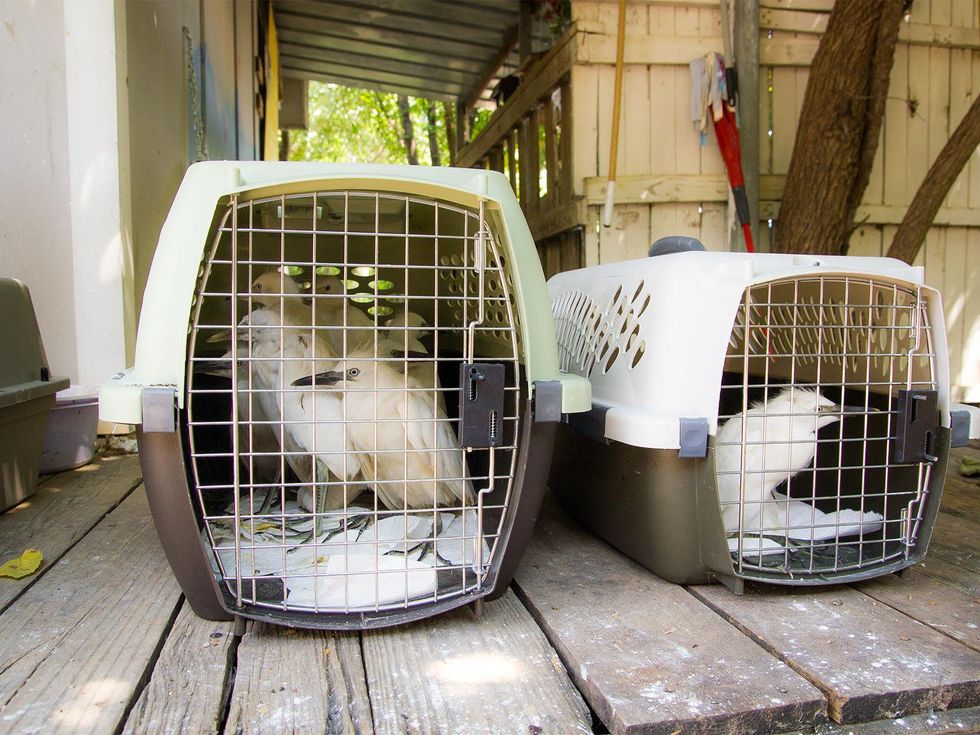
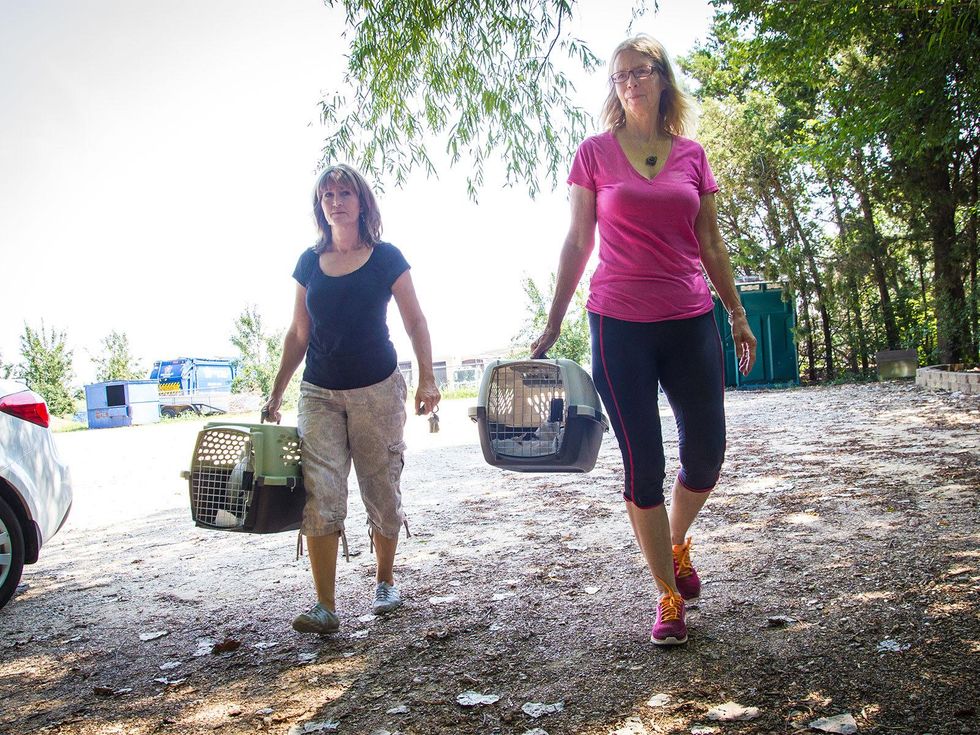
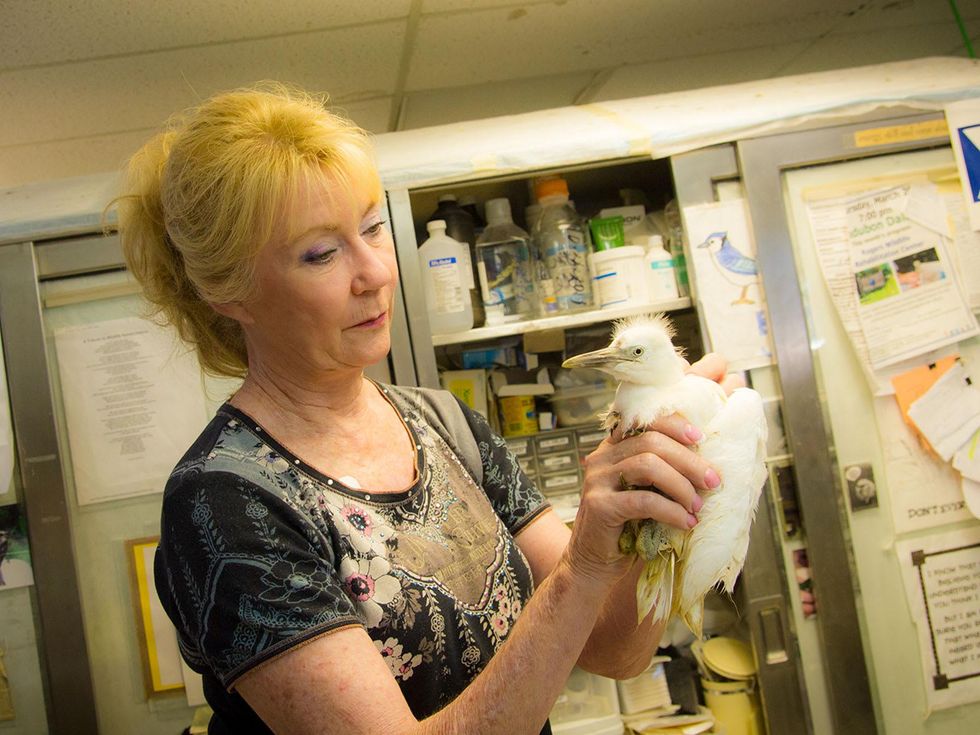

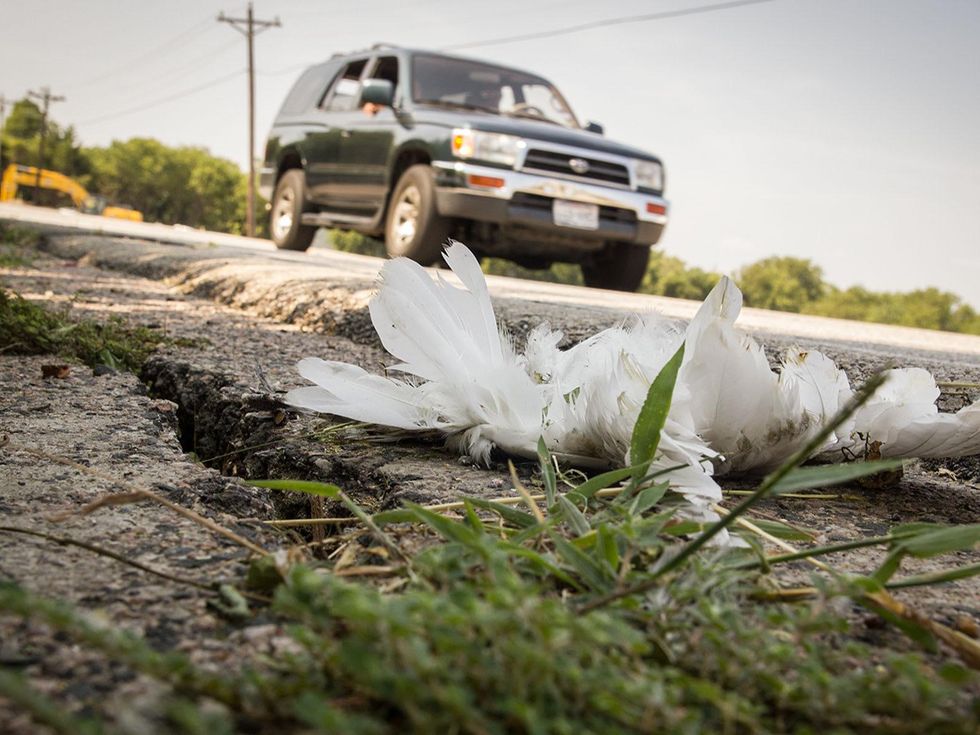

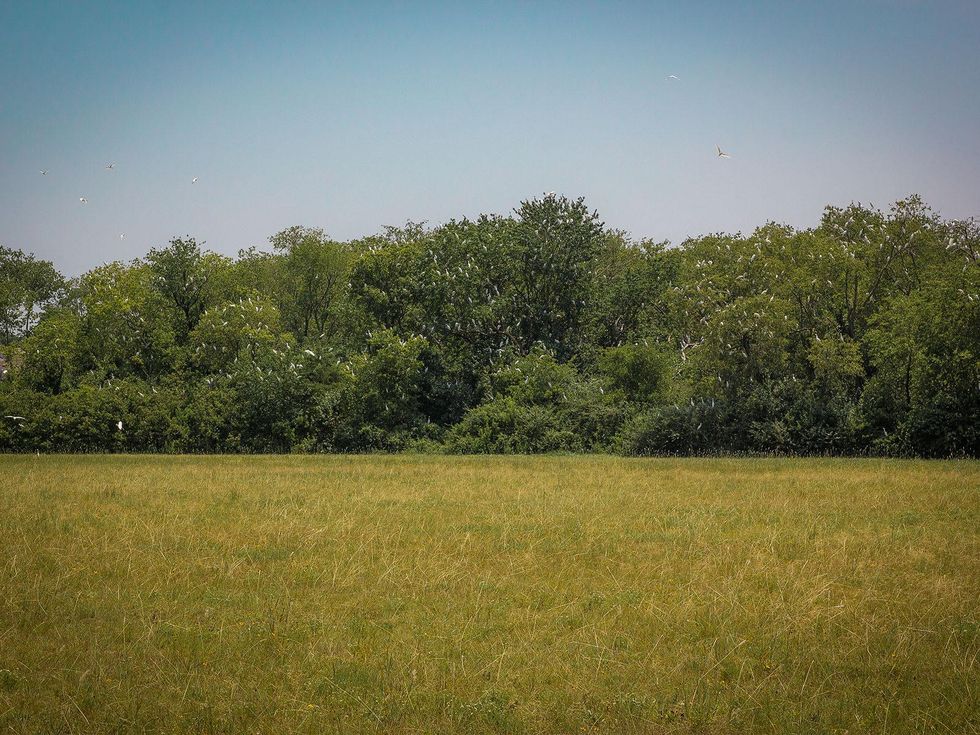

 David and Melissa Loder's Elf Town is on Penbrook Court in the Deerfield subdivision of Plano. Photo courtesy of David and Melissa Loder
David and Melissa Loder's Elf Town is on Penbrook Court in the Deerfield subdivision of Plano. Photo courtesy of David and Melissa Loder